Quake-weary Davao folk hope the shaking will stop
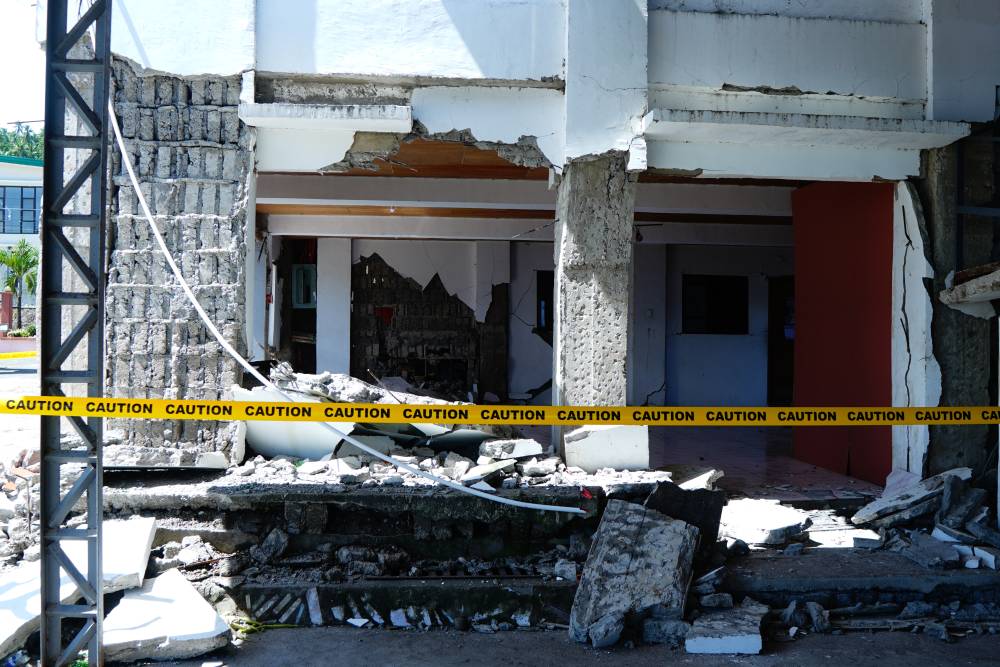
TARRAGONA, DAVAO ORIENTAL—Both Tita Lemente, 57, and Beverly Masugod, 33, were washing clothes in a river in this town when the ground they were squatting on suddenly moved and cracked.
Shocked and bewildered, Beverly grabbed her two children—a 2-year-old and a 7-year-old—and along with the older woman, they scampered away from the river, leaving their laundry.
“As long as the children are safe, I don’t mind leaving everything behind,” says Magsugod.
The two neighbors are among the 250 families currently housed inside the tents set up at the municipal hall grounds here following the magnitude 7.4 and 6.8 doublet quakes that hit the adjacent town of Manay, Davao Oriental, on Oct. 10.
With a swarm of aftershocks that have occurred since the Oct. 10 quake, residents whose lives have been appended by the disaster can only pray that the shaking will stop.
Residents of this town whose houses were either damaged, destroyed or too dangerous to stay in have no choice but to live in the tents hastily set up for them by the government, with help from private groups like the Philippine Red Cross.
The quakes in Davao Oriental and those that happened in Surigao del Norte a day later, followed by this week’s strong quake in the Ilocos region—came just two weeks from the Sept. 30 deadly quake in northern Cebu, where residents to this day still have to deal with constant aftershocks even before they can begin to sift through the rubble of what were once their homes and mourn for the 75 persons who perished.
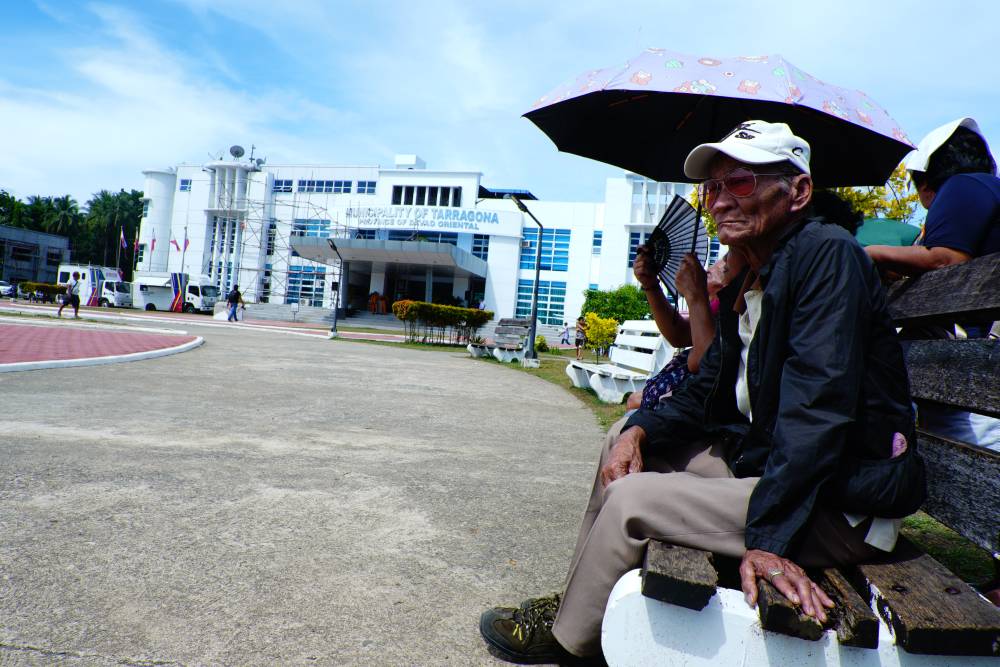
Aftershocks
In Davao Oriental, the aftershocks from the doublet earthquakes already reached 1,111 by noon of Oct. 13, with magnitude ranging from 1.2 to 5.8, according to the Philippine Institute of Volcanology and Seismology (Phivolcs).
Phivolcs again recorded three powerful aftershocks on Oct. 14, barely 20 minutes apart from each other off the coast of Manay—a magnitude 5.8 at 10 a.m., magnitude 5.2 at 10:19 a.m. and magnitude 5.2 at 10:39 a.m.
On Oct. 13, President Marcos visited this town and Manay, the quake’s ground zero in Davao Oriental, and saw the need to provide better shelters for the displaced.
He ordered to change the tents into modular housing units, which he deemed better and more comfortable for evacuees staying at evacuation sites, with provisions for toilets, water facilities and a common kitchen. (He also ordered similar modular houses to be installed for the displaced residents in northern Cebu in lieu of tents).
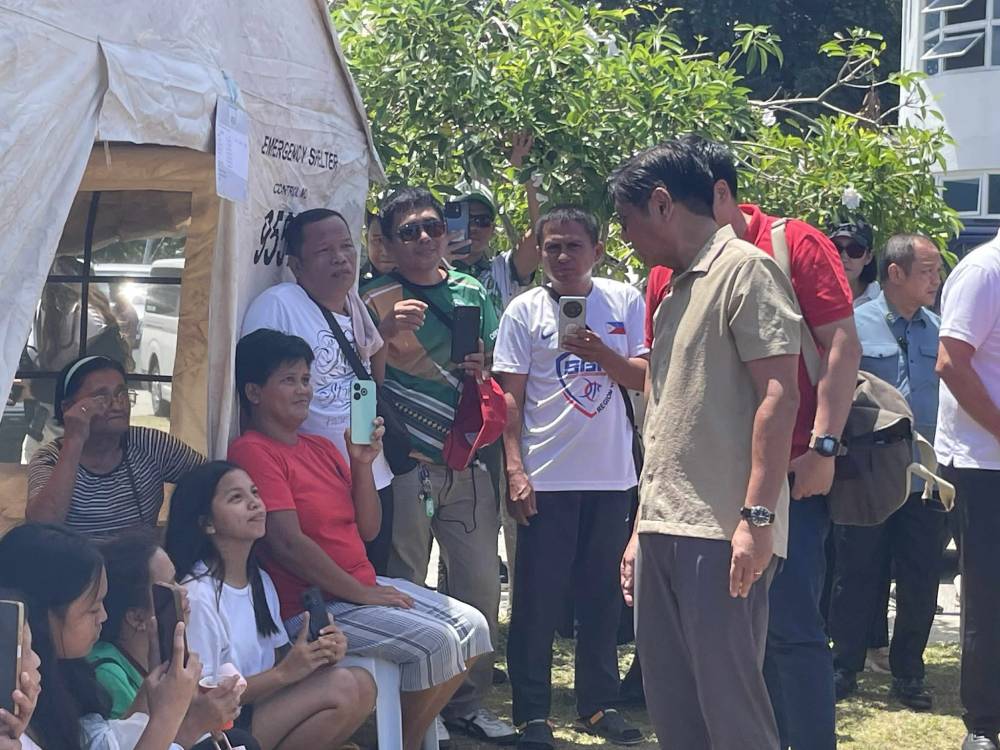
Trauma
Providing shelters for the displaced, however, cannot erase the trauma suffered by residents, particularly children.
Lemente’s daughter-in-law, Joylyn Boyboy, 27, a returning overseas contract worker, recalls that they were evacuated twice onboard town-owned vehicles on Oct. 10—first, immediately after the first quake and second, after the 7:12 p.m. quake on the same day following the tsunami alert issued by Phivolcs. Their houses are along the shoreline facing the Pacific Ocean.
According to Boyboy, her 7-year-old daughter had a fever she attributed to the “trauma” she experienced after the quake.
Then, there are residents who note that aid was not coming fast enough.
Silvestra Matayam, 71, who lost her house in Purok Zin, Barangay Jovellar here, complained that she and nine of her neighbors were not included in the barangay government’s initial list of aid recipients. She says she brought her case to the mayor who included her family in the next batch of those who will be given assistance.
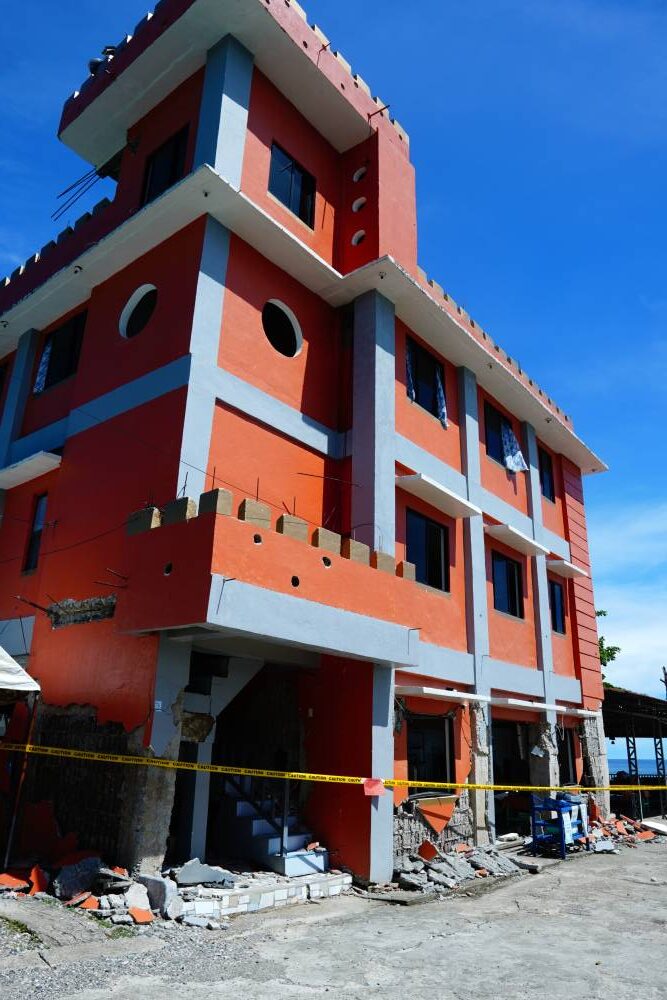
Silvestra and her whole family, including a grandmother, are housed inside the tent provided by the Department of Social Welfare and Development at the municipal grounds.
Tarragona Mayor Art Benjie Bulaong tells reporters that the quake affected 10,116 families or 40,100 persons in his town’s 10 barangays. The number, however, is just a fraction of the 132,000 families or 520,000 individuals affected in the Davao region, according to a consolidated report that Undersecretary Harold Cabreros, director of the Office of Civil Defense, presented to President Marcos during his Oct. 13 visit here.
The displaced
At least 2,000 evacuees are in 18 evacuation centers—affected by the quake after they lost their homes in 331 barangays in Davao Oriental, Davao de Oro and Davao del Norte provinces.
While most of the telecommunication, power and water services have been restored, Manay town remains without water as the pipes and water connections were destroyed by the twin quakes.
At the four-story rectory of San Ignacio de Loyola Parish here badly damaged by the quake, Nanette Ronquillo, the rectory’s cook, shows the bruises she sustained as she tried to escape the battered building. As she struggled to climb down the stairway, she says she was lucky she did not get hit by the water tank that fell during the shaking.
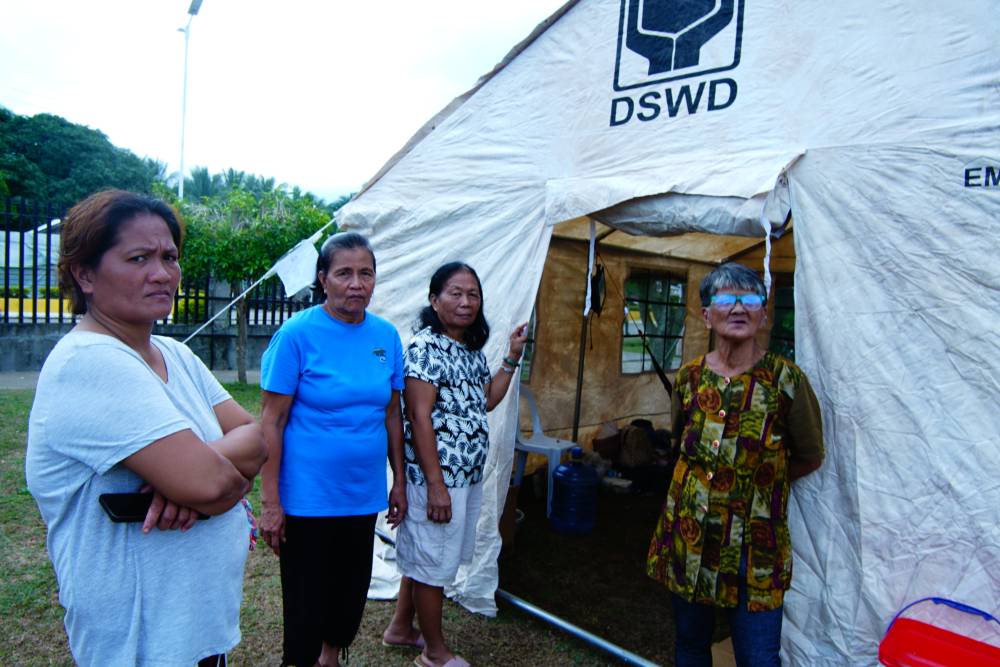
In Manay town, patients at the heavily damaged Davao Oriental Provincial Hospital have already been moved to the town’s Super Health Center, a one-story building located across the town’s main health center building, just a five-minute distance away from the ruined hospital.
Manay Mayor Jon Marco Dayanghirang earlier placed the number of displaced people in his town at 300 to 400 families.
In Tarragona, the mayor and his team hold their operation outside the municipal hall, which had been coded “yellow” by inspectors because of the damage it sustained during the quakes.
Open space living
The building will remain vacated until the damage are addressed, says Bulaong.
Another important building in Tarragona, the regional evacuation center and provincial evacuation center, has been tagged “red,” which meant it was severely damaged and can no longer be used. “That’s why, we are all in the open space,” the mayor explains.
It’s too early to ask people to return home, says the mayor: “People are still traumatized and the ground shaking has not completely stopped yet, so we can’t force people to return home.”
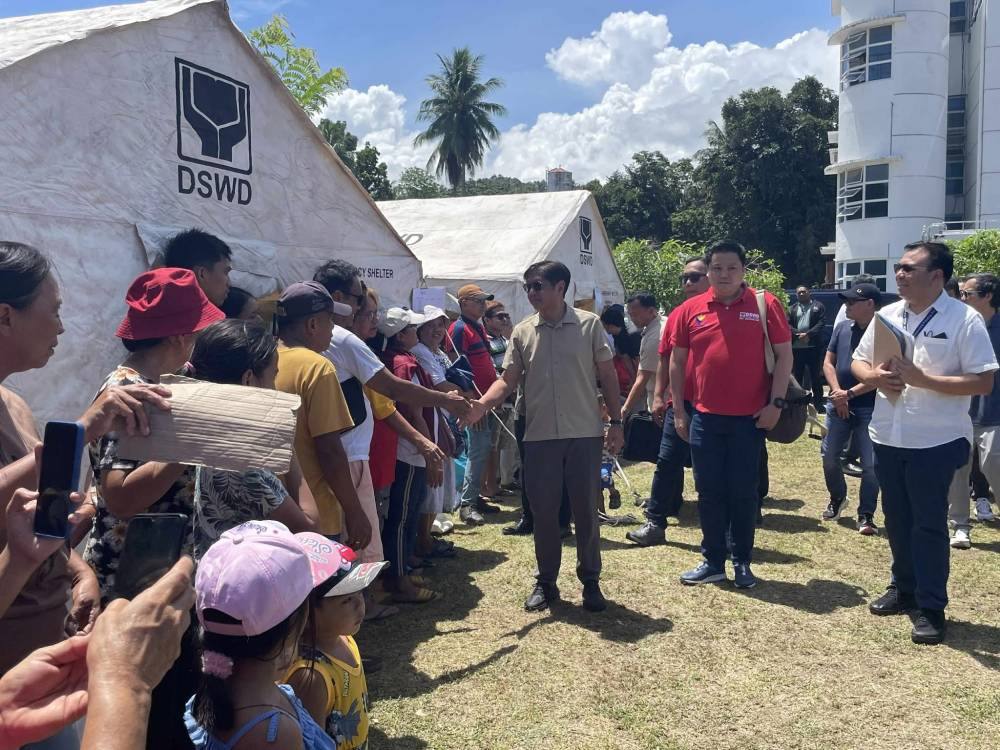
During the President’s visit, Bulaong tells Mr. Marcos he worries that existing food aids will not be able to sustain his residents’ needs.
To this, the President has promised that his office will give P150,000 to each family who completely lost their houses to the quake, with the Department of Budget and Management having been instructed to release money under the Local Government Support Fund for the affected provinces.
Aside from the P50 million given to Davao Oriental and several towns, the Office of the President also set aside P20 million for Agusan del Sur; P15 million each for Davao de Oro, Davao del Norte, Davao Occidental, Davao City, Agusan del Norte, Surigao del Norte and Surigao del Sur and Dinagat Islands and other affected local government units.




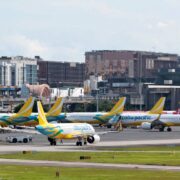








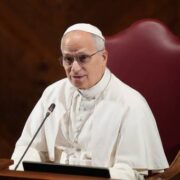

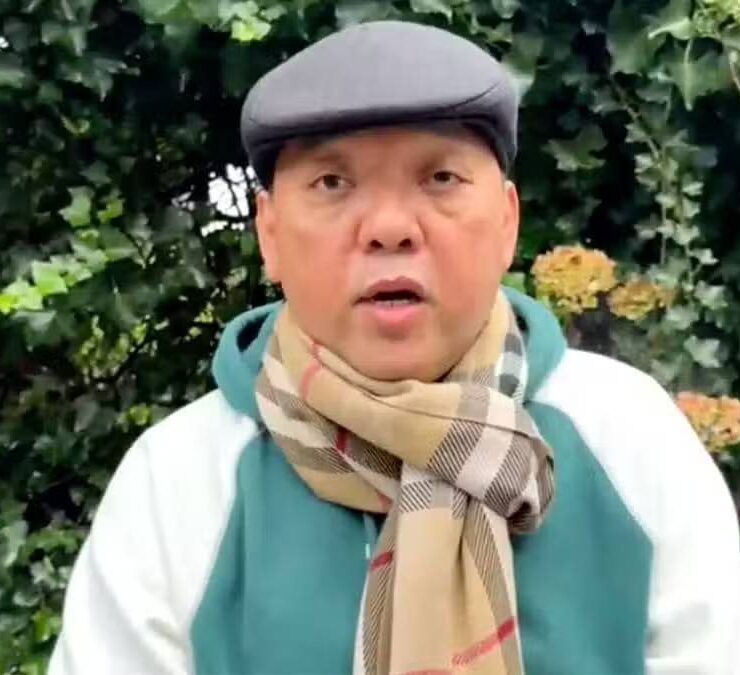
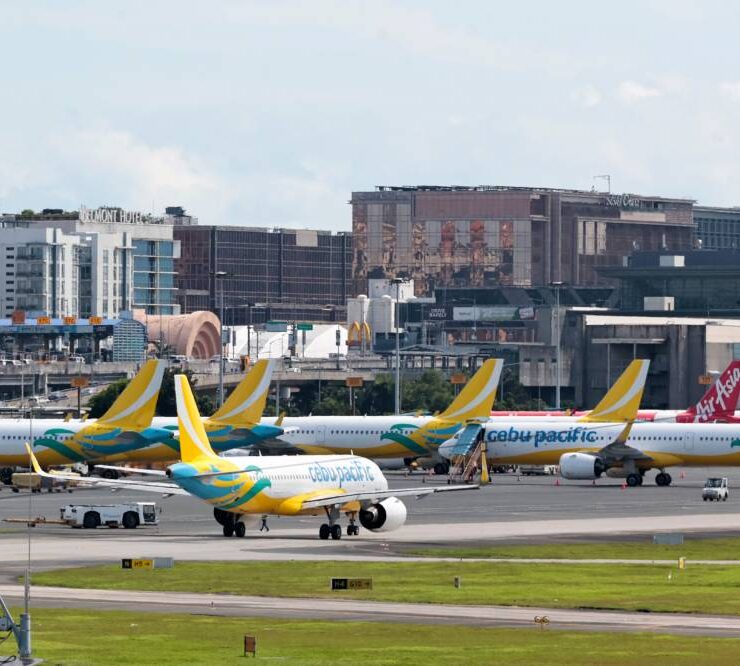
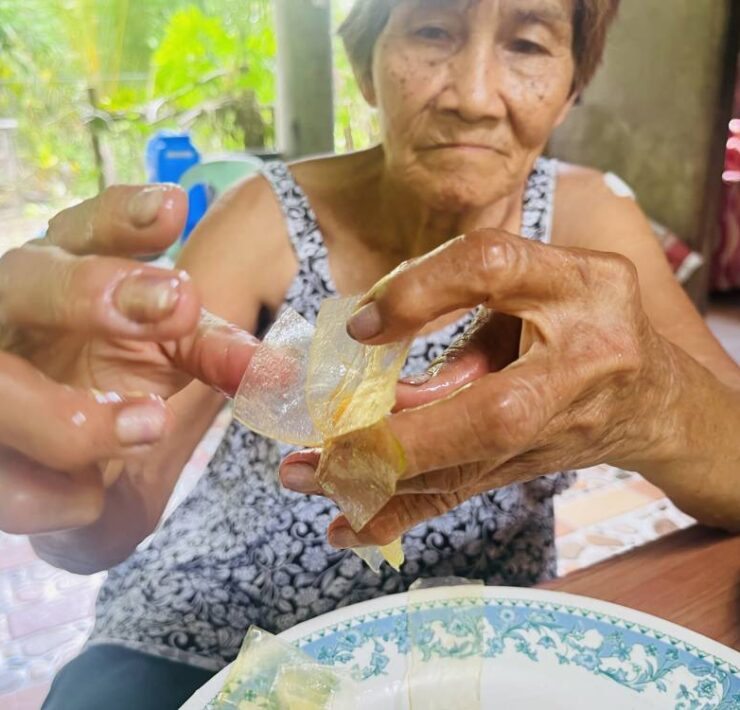



Invest in social enterprises, invest in communities